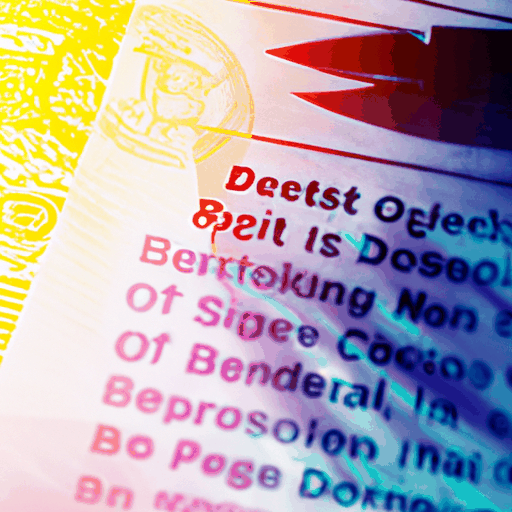
Microsoft's Majorana 1 Chip: The Quantum Threat and Bitcoin's BIP-360
By: Isha Das
Microsoft has taken a significant step forward in quantum computing with the introduction of its Majorana 1 chip, which seeks to harness topological qubits through Majorana zero modes. These modes encode data in nonlocal states, making the system highly resistant to errors. This advancement addresses previous quantum computing challenges, specifically the complex task of error mitigation in quantum systems. As highlighted by experts, achieving high-fidelity detection of parity shifts is a crucial milestone in paving the way for scalable quantum computers.
Nevertheless, the quantum computing landscape still faces notable theoretical hurdles, particularly when it comes to threatening established cryptographic systems like Bitcoin's elliptic curve cryptography. Despite advancements, experts agree that current quantum systems, which only consist of a few dozen qubits, fall short of the multi-million qubit requirements needed to compromise Bitcoin's elliptic curve digital signature algorithm (ECDSA). The discussion remains predominantly hypothetical at present but essential for the technologies’ future impact.
In light of these developments, the Bitcoin community is grappling with the potential threats posed by quantum computing through initiatives such as the Bitcoin Improvement Proposal 360 (BIP-360). This proposal outlines a transition to quantum-resistant structures, seeking to replace vulnerable characteristics of current cryptographic methods. Techniques such as hash-based signatures and hybrid approaches that employ both classic and post-quantum algorithms are central methods in this bid to bolster security. Implementation would require transitioning funds to enhanced address formats, potentially involving wallet providers and exchanges in a lengthy conversion process.
Microsoft's Majorana 1, although innovative, remains in the prototype stage. It's equipped with digitally pulsed voltage gates and aims to demonstrate error suppression techniques vital for industrial-level quantum processing. However, challenges like qubit coherence and integration with control electronics persist as substantial barriers to creating a quantum framework capable of undermining Bitcoin. Through BIP-360, Bitcoin's network aims to maintain its core security while preemptively addressing emerging quantum vulnerabilities without immediate major overhaul.



